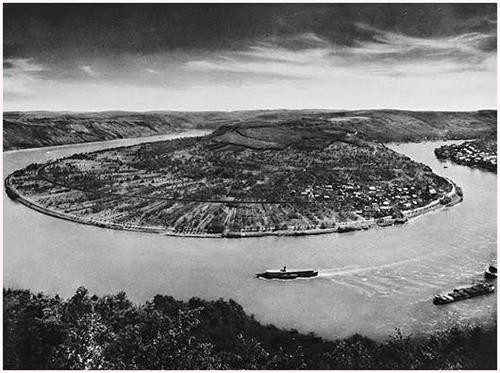august sander
Exhibition — Jul 12 until Aug 31, 1995
Retrospective exhibition of the work of the German photographer August Sander (1876-1964), In der Photographie gibt es keine ungeklärten Schatten!
With his comprehensive artistic / documentary project '20th Century People', Sander set no lesser goal for himself than mapping out the whole of the social order in his time in 46 portfolios, each containing 12 portraits of people in their social roles. Sander never completed his task, but the photographs which he has left behind for us are among the most impressive and most moving in the history of photography.
For the first time, a wide-ranging overview of his work is to be seen in The Netherlands. The exhibition includes about 2000 original prints, supplemented by historical documents and several complete portfolios from 20th Century People.
This series is both a sociological project, an historical document, and a photographic masterpiece. During a period which ran roughly from the last years of the reign of Germany's Kaiser Wilhelm II to the National Socialists' assumption of power in 1933, the photographer worked on what he himself called "an image of our time." The division into groups was based on his specific conceptions about the organisation of German society. Sander began with farmers, and intended to lead the viewer through successive layers of society and professional groups to the highest levels of civilisation, and finally to end in a downward motion with "the final people," the mentally defective and ill.
Viewed conceptually, Sander's project is firmly anchored in his time. The political and economic crises which followed the first World War changed views of the role and future of the visual arts and photography. Around 1920 Sander became affiliated with what were called the Cologne Progressives and began to photograph in a precise, anti-pictorialistic manner. After the humiliation of the war, Germany was undergoing an identity crisis which expressed itself in the question of what the essence of German society, of the German people, really was.
This led to social arrangements, typologies and theories of all possible descriptions about national character. Nazism was to be the most dubious excrescence of these. In photography this search for identity took the form of the publication of books containing collections of photographs of women, craftsmen, famous men, etc. Sander's project rises above these because in principle, his work was to encompass all professional groups and social levels. Moreover, he was not working with any political or ideological aims.
Initially, Sander's work was received very positively. 'Antlitz der Zeit', a first selection from his project, accompanied by an introduction by the writer Alfred Döblin, appeared in 1929. Together with Albert Renger-Patzsch's 'Die Welt ist schön' from the same year, and the work of Karl Blossfeldt, whose 'Urformen der Kunst' had appeared one year earlier, Sander was part of the development of a new direction in German photography which was based on analysis and registration. In 1934 Germany's National Office for the Visual Arts ordered that both the printing plates and the remaining unsold copies of 'Anlitz der Zeit' must be destroyed, among other reasons because the portraits included many images of people which definitely were not in accord with the Nazis' ideal conceptions.
Although August Sander's portraits are the product of a bygone era, his work is highly significant for later - and even for contemporary - photographers. Certainly post-war photography had no place for Sander's indivisible image of mankind. The self-confident representative of an apparently fixed social order has been destroyed by media and advertising. The search for a balance between the individual and the archetypical has, however, found a new shape in the careful photographic records produced by a generation of young Germans, among them Thomas Struth and Andreas Gursky, and in The Netherlands, in the photography of Rineke Dijkstra. In addition to a wide selection of images from 20th Century People, the exhibition also includes photographs from Sander's Rheinlandschaften and his Köln wie es war.
The exhibition is accompanied by the Dutch-language book August Sander - In der Photographie gibt es keine ungeklärten Schatten! edited by Gerd Sander, and published by the August Sander Archiv and Kulturstiftung Stadsparkasse, Cologne. The book is available in the Museum Book Shop for DFl. 65,-

